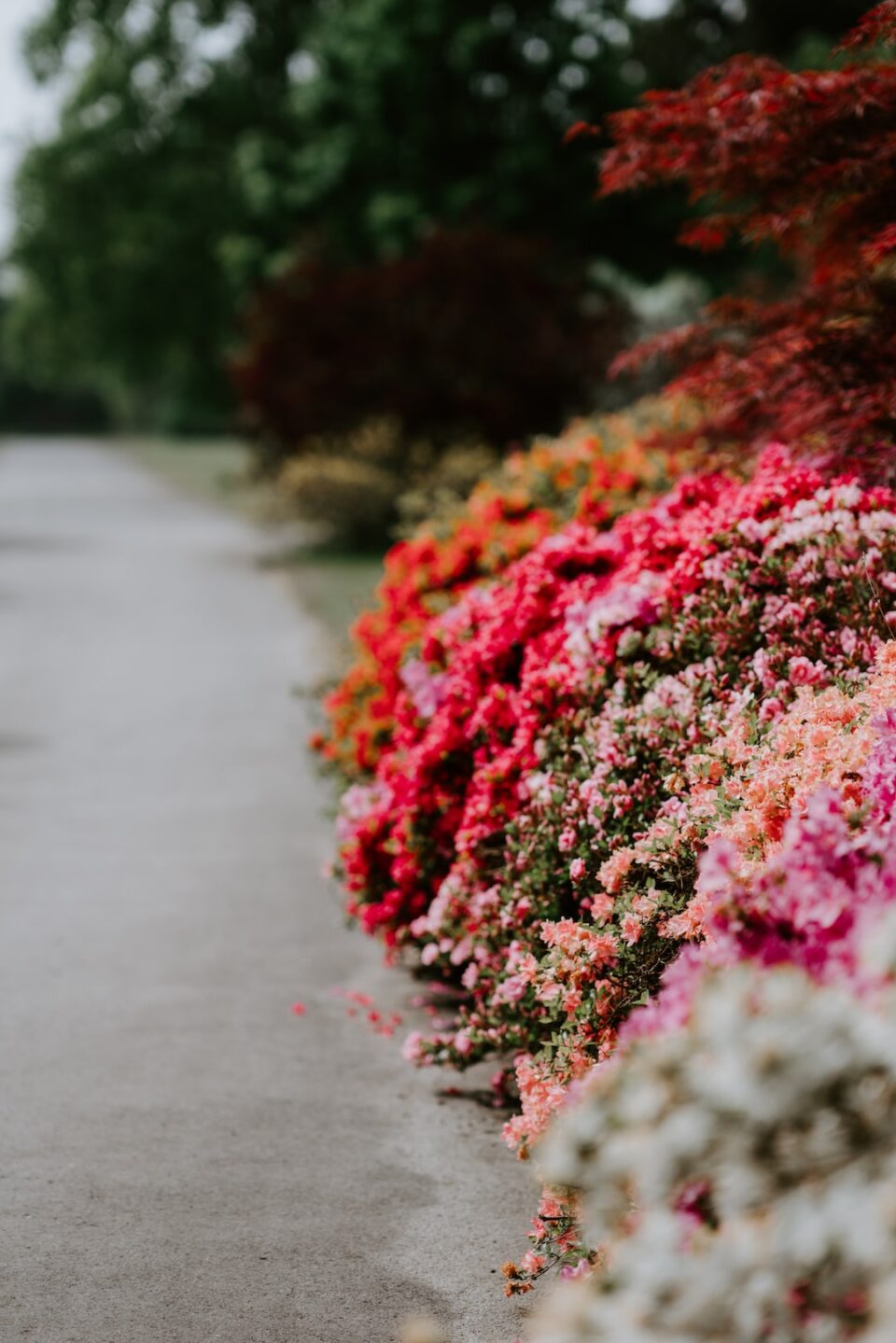DIY Composting: Turn Your Kitchen Waste into Nutrient-Rich Soil
Did you know that you can turn your kitchen waste into nutrient-rich soil without much effort? Composting is a simple and eco-friendly way to recycle organic materials while creating a valuable resource for your garden. By following a few easy steps, you can start composting at home and reap the benefits of nurturing your plants with the rich soil it produces.
Why should you compost?
Composting is not only beneficial for your garden but also for the environment. When organic waste, such as fruit and vegetable scraps, coffee grounds, and eggshells, ends up in landfills, it decomposes without oxygen, releasing methane. Methane is a potent greenhouse gas that contributes to climate change. By composting at home, you divert this waste from the landfill and reduce your carbon footprint.
Furthermore, composting creates nutrient-rich soil that improves the structure and fertility of your garden. The compost provides essential organic matter that helps retain moisture, prevents erosion, and releases nutrients slowly over time, promoting healthy plant growth. It saves money on store-bought soil amendments and synthetic fertilizers, making it a cost-effective solution for any gardener.
Getting started with DIY composting:
1. Choose the right composting method: There are several methods for composting, such as indoor composting, outdoor composting, and vermiculture (composting with worms). Consider the space you have available, your lifestyle, and the amount of waste you generate. Each method has its advantages and can be adapted to your needs.
2. Collect your compostable materials: Start collecting your kitchen waste that can be composted, including fruit and vegetable scraps, coffee grounds, tea bags, eggshells, and even shredded newspaper. Avoid adding meat, dairy, oily foods, or pet waste, as these can attract pests or take longer to decompose.
3. Get a compost bin or build one: To contain your compost pile and avoid attracting animals, you will need a compost bin. You can purchase one from a gardening store or repurpose materials such as a plastic container or a wooden crate. Alternatively, you can build a simple compost bin using chicken wire or pallets.
4. Create the perfect composting mix: Composting requires a balance of green and brown materials. Green materials are rich in nitrogen and include fruit and vegetable scraps and fresh grass clippings. Brown materials are rich in carbon and include dry leaves, shredded paper, and straw. Aim for a 3:1 ratio of brown to green materials. Add water to keep the compost moist but not soggy.
5. Turn and maintain your compost: Regularly turning your compost pile allows oxygen to reach the microorganisms responsible for decomposition. This speeds up the process and prevents unpleasant odors. Use a pitchfork or shovel to turn the pile every couple of weeks. If the compost becomes too dry, add water; if it becomes too wet, add more brown materials.
6. Harvest and use your compost: In about 2-6 months, depending on the conditions and materials used, your compost will be ready to use. It should have a dark, crumbly texture and a pleasant earthy smell. Spread the compost on your garden beds, mix it into potting soil, or use it as a top dressing around existing plants. Enjoy the benefits of healthier plants and improved soil fertility.
With a bit of time and dedication, DIY composting will become a routine part of your sustainable lifestyle. It’s a hands-on way to reduce waste and create rich, nutritious soil for your garden. Start composting today and make a positive impact on the environment, one kitchen waste at a time.


